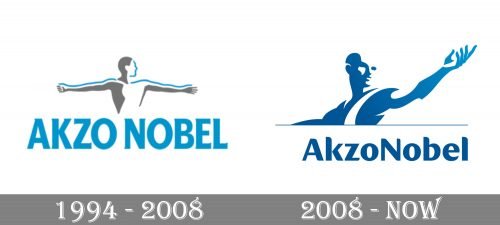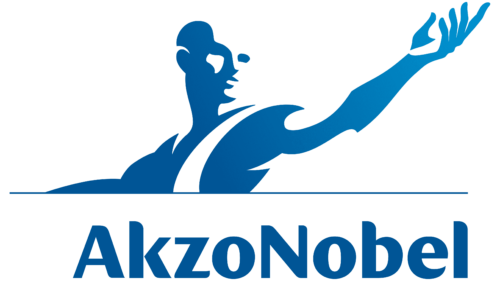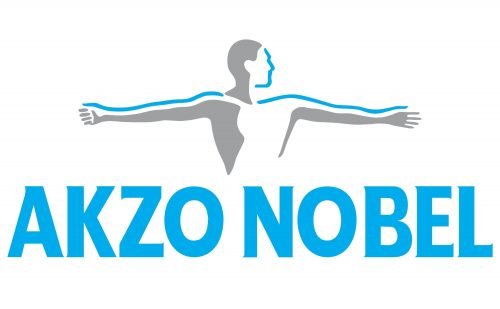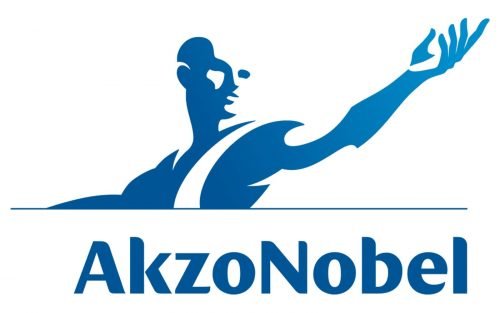The Akzonobel logo was inspired by a Greek bas relief sculpture hosted at the Ashmolean Museum in Oxford.
Meaning and history

AkzoNobel is an international concern, a global leader headquartered in Amsterdam, Netherlands. AkzoNobel consists of 500 companies and is listed on Euronext Amsterdam and NASDAQ stock exchanges.
Today AkzoNobel is a company with 80 offices all over the world, 160 research laboratories, 55 thousand employees, which is one of the key elements of company’s success.
The company, which has been on the world market since 1792, includes such brands as Dulux, Pinotex, Hammerite, Marshall and Sikkens, trusted by customers around the world. Dulux is the most famous AkzoNobel brand. Paint production in 26 countries on four continents: Europe, Asia, North America and Latin America.
What is AkzoNobel?
AkzoNobel is the world’s leading manufacturer of high-quality powder coatings, which are sold worldwide under the commercial name Interpon. The company is headquartered in Amsterdam, the Netherlands. AkzoNobel has 29 production facilities in 21 countries, and its offices and representations are open in more than 70 countries.
1994
The original logo was designed by Wally Olins. Back then, he worked in his namesake Wolff Olins, while today he is the Chairman of Saffron Brand Consultants, an independent global brand consultancy. He designed the original emblem in collaboration with Martijn Rijven, an Amsterdam-based illustrator and designer. According to some sources, it was adopted as an official mark in 1994, while Saffron’s website states, it was created in the 1980s.
The old logo was supposed to represent “striving and achievement.”
2008
The current logo was introduced in 2008, after AkzoNobel purchased Imperial Chemicals Industries (ICI), one of the largest chemical companies in the world. As ICI itself had a pretty strong brand identity, AkzoNobel decided to make its own brand identity more powerful, too.
The updated Bruce seems to have more energy and purpose. His posture combines commanding and welcoming associations. According to Saffron, which is responsible for the update, the redesigned emblem conveys the idea that AkzoNobel’s success is the result of “forward-looking individual and collaborative achievement.” Also, it is supposed to represent the slogan “Tomorrow’s Answers Today.”
In addition to altering the shape of the logo, the designers also introduced a gradient.
Interestingly, on the day the updated Akzonobel logo was introduced in April 2008, the company’s share price went up by 3%.
Font and Color
The heavy title case lettering from the primary AkzoNobel badge is set in a sleek and smooth modern sans-serif font with the ends of the bars rounded from one side, and pointed from the other. The closest fonts to the one, used in this insignia, are, probably, Bodrum Sweet 19 Black, or Dopamine Regular, but with some significant modifications.
As for the color palette of the AkzoNobel visual identity, it is based on a smooth and calm shade of blue, with the plain white background. This combination represents stability and quality, being the most commonly associated palette for such important features as reliability, safety and expertise.









